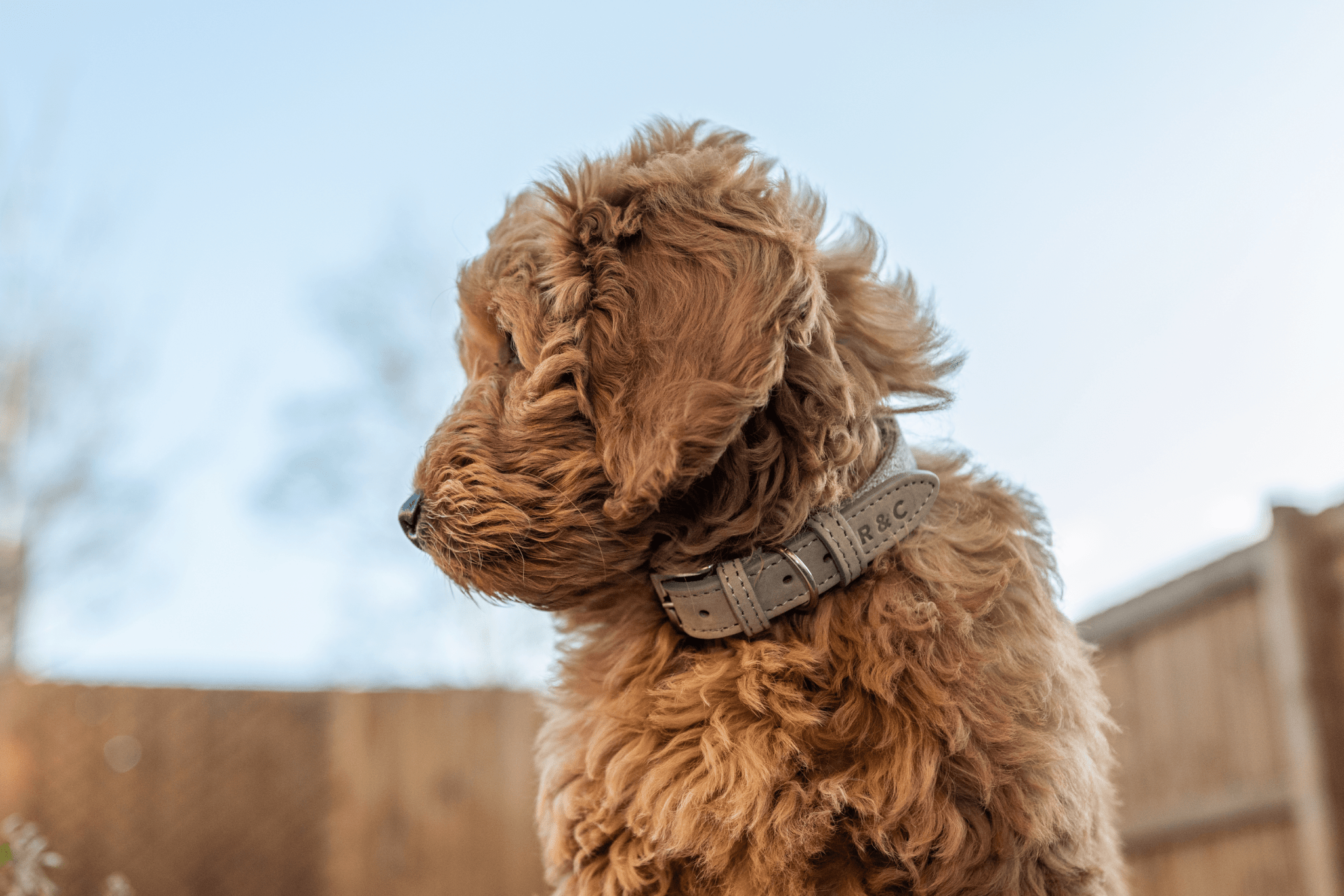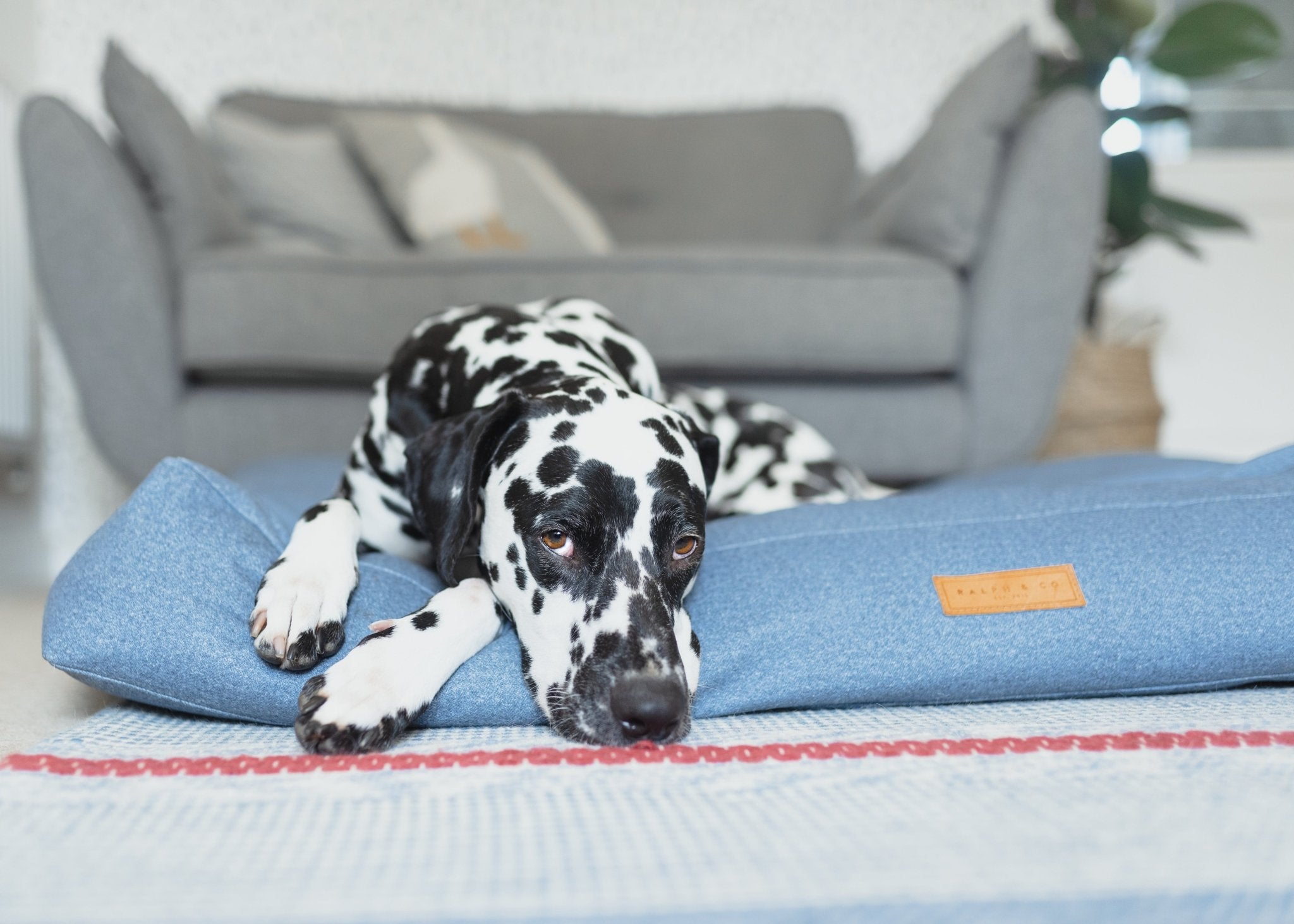
Preparing to bring home a new pet
You’ve fallen in love with a new pet and you’ve agreed a date to bring them home from the rescue centre or breeder. But now you might be wondering how best to introduce your new animal into your home, and any other pets you might have to ensure the transition goes as smoothly as possible.
Existing pets are not able to choose their new brother or sister, so it is up to you to ensure introductions go as safely as possible by following some general guidelines.
Read on for five things to remember before bringing home a new pet…
-
Prepare for the big day…
Ahead of bringing your new pet home, get prepared. If you’re introducing a puppy into the mix, look for dangers such as cleaning products containing chemicals, or gaps in your garden fence, that may not pose an immediate danger to your existing dog, but could be a risk to a curious puppy.
Scent training can also be used to help ready your animals for the new arrival. First, get a clean blanket and have your dog sleep on it for a week, and then ask the shelter or breeder to put the blanket with your existing dog’s scent on into their bed. This allows the new puppy to get a lot of information about their new family before they arrive.
You could also ask for a blanket with the new pet’s scent on to introduce to your existing animals, so that when the day arrives to bring them home, it’s less of a surprise to the rest of your pets.
-
Exercise your pets before any introductions…
All animals need a level of mental and physical stimulation to lead fulfilling lives. This is especially important if the animal in question is a dog with boundless energy to burn off.
Always take your existing dog on a long walk or other form of exercise, such as swimming, before introducing them to a new pet.
Depending on the circumstances with your new pet, you might also wish to exercise them before you take them to meet your other pets.
- If you’ve bought a puppy from a breeder, it’s worth checking which vaccinations they have had and whether it is in their best interests to walk them in public spaces.
- If you have adopted a dog from a rescue home, they might already be quite nervous and worn out from a day of travel and disruption. Spend time getting to know your new pet to work out what they need.
Top Tip: Before picking up your new pet, make sure you have an adjustable collar and lead that fits them comfortably, with an identification tag attached. By law, all dogs must have a tag featuring their owner’s contact details, such as a phone number and address, before going out and about for walks.

-
Introduce your pets on neutral territory…
Often, dogs enjoy spending time with other pets and introducing a puppy to an existing dog isn’t always an issue. However not every dog wants a new friend, and sometimes there can be complications. For example, if your current dog is a senior dog, they may not be able to handle being around a puppy around full-time.
If you are introducing a new puppy to your current pets, it’s important they meet outside the home, preferably in an outdoor, fenced in space where they can become familiar with each other’s scents without the risk of territorial behaviour from your existing pets.
When you come back to the home, ensure both the new animal and your existing pets have their own space to retreat to should they need a quiet moment to relax, with their own beds, water and food bowls.
-
Use high-value treats to reward positive interactions…
Before bringing your new pet home, stock up on high-value treats and read up on positive body language so that you can reward your pets for interacting positively with one another. Watch the position of their ears, tails and the heckles on the backs of their necks, to read how your dog’s feeling about a situation. Let them sniff each other and the surroundings as much as possible to grow comfortable with one another.
A great exercise when introducing a new dog to your existing dog/s, is to parallel walk. This allows both dogs to grow used to each other, before bringing them into the same space.
It’s important to let their relationship develop with time, and not allow them off lead together until you’re sure both animals are calm and comfortable coexisting together. Whenever you leave home and are unable to supervise, you might want to put your pets in separate rooms or spaces. This helps reduce the chance of any negative interactions between your pets.

-
Be mindful of each pet’s individual needs…
Whilst it is important for your pets to spend time together, they will also need some one-on-one time with you to grow in confidence in the new situation. Some dogs can experience feelings of jealousy when you bring home a new dog, and if the new pet has a dominant personality, it’s all the more important to give each animal one-on-one time.
Some ways to build positive relationships with your pets individually include:
- Exercise – Whether you like to walk or run, getting out in the fresh air has benefits for both you and your dogs, mentally and physically.
- Training – Rewarding your dog for obedience and learning new tricks can be a mental challenge for them, as well as teaching them how to behave in different situations.
- Games – Games can be created with common objects around your home, including activities like the cup game.
Bringing a new animal into your home will change the dynamic and it’s a big change for many pets. So, take it slow, reward both your new pet and your other pets with plenty of love, affection and treats, for being relaxed in one another’s company.



Leave a comment
This site is protected by hCaptcha and the hCaptcha Privacy Policy and Terms of Service apply.